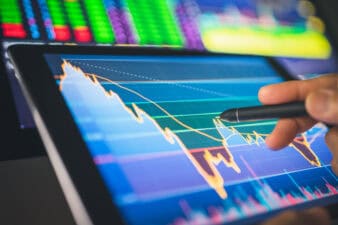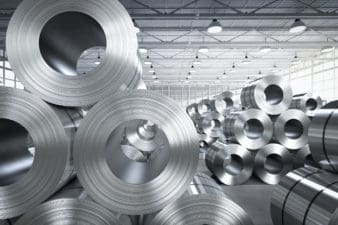First Quantum Minerals (TSX:FM) might not be the biggest name on the TSX, but it’s been making some outsized moves in the base metals space. The past year has been a rollercoaster for the stock, which is up more than 40% over the last 12 months despite navigating a shutdown at one of its flagship assets. That kind of resilience is rare in the mining sector, especially among companies with a sub-$20 billion market cap. Now, with several major catalysts in play, First Quantum is positioning itself for a potentially stronger second half of 2025.
What happened?
The gold stock’s second-quarter (Q2) results told a story of both progress and lingering challenges. Net earnings came in at $18 million, or $0.02 per share, with earnings before interest, taxes, depreciation, and amortization (EBITDA) at $400 million. Those numbers marked an improvement from Q1, thanks to higher gold sales volumes and better realized prices for both copper and gold.
A key driver was the long-awaited resumption of shipments from Cobre Panamá. The first copper concentrate export since 2023 added 8,248 tonnes to sales in June alone, with more shipments following in July. While the mine isn’t fully back online, the restart of its power plant, expected in Q4, could pave the way for more sustained activity.
Another focal point is the Kansanshi S3 Expansion in Zambia. This massive growth project is in the final stages of commissioning and is on budget and ahead of schedule for first production in the second half of the year. Management says the gold stock passed the peak of capital spending, which should free up cash flow as the new capacity comes online. Adding to the excitement, test work on a newly discovered near-surface gold zone at Kansanshi has produced promising early results.
What to watch
Operationally, copper production for the quarter was 91,069 tonnes, down 9% from Q1 due to lower grades and a planned smelter shutdown at Kansanshi. Sentinel, another key copper mine, also saw lower grades. Yet management expects better output in the back half of the year as mining moves into richer zones. Nickel production from Enterprise dipped 14% quarter over quarter, hurt by grade changes and higher contractor costs, though full-year guidance remains intact.
Financially, the gold stock shored up its position. Net debt fell by $334 million in the quarter, ending at $5.45 billion. A $500 million copper prepayment agreement and proceeds from concentrate sales helped that drop. First Quantum also continued its hedging program. While hedging limits some upside if prices soar, it provides much-needed protection if the market turns.
What’s worth watching next is how the ramp-up at Kansanshi S3 aligns with improving copper fundamentals. Analysts widely expect demand to accelerate in the coming years as electrification projects and renewable energy build-outs strain supply chains. If First Quantum can bring its new capacity online smoothly while restoring Cobre Panamá to full strength, it could be well-positioned to benefit from higher prices. The potential gold production from Kansanshi’s new zone is a wildcard that could add meaningful upside.
Bottom line
The risks here are clear. First Quantum operates in multiple jurisdictions where political and regulatory environments can shift quickly, as Panama’s mine shutdown demonstrated. Operational setbacks at expansion projects or continued pressure in nickel prices could weigh on earnings. And while debt is coming down, it’s still significant for a gold stock of this size, making disciplined capital allocation essential.
Still, for investors comfortable with the volatility of the mining sector, First Quantum offers a blend of near-term catalysts and long-term growth potential. The gold stock’s rally over the past year shows that the market is already betting on a turnaround. If management delivers on its guidance, continues to reduce debt, and unlocks value from its gold and copper pipeline, the gold stock could move from being a small-cap explorer in name to a mid-tier powerhouse in practice.








